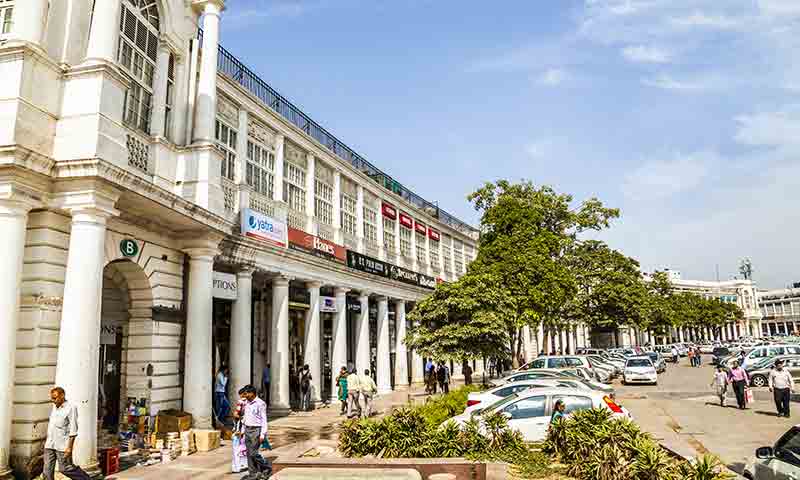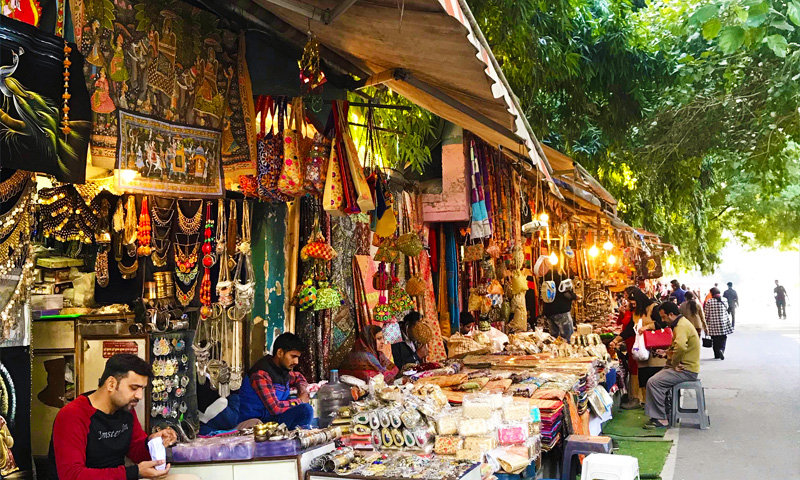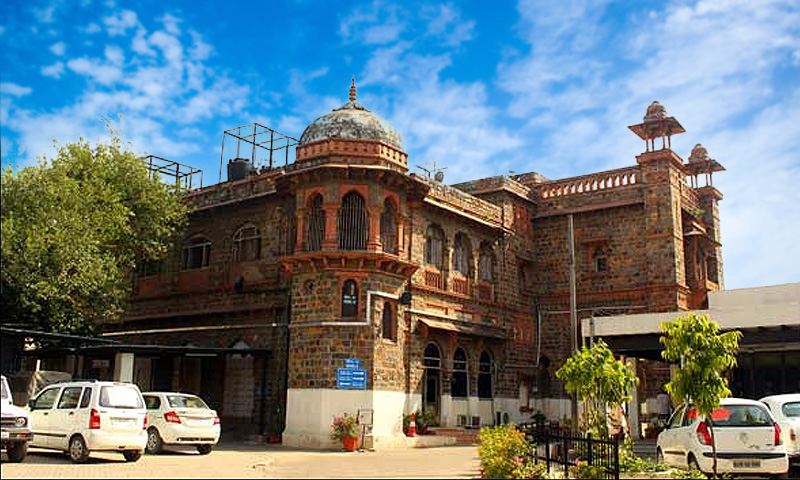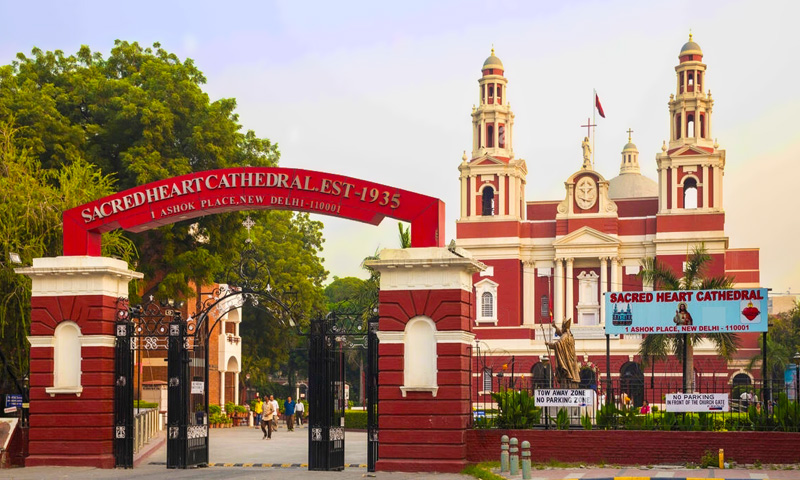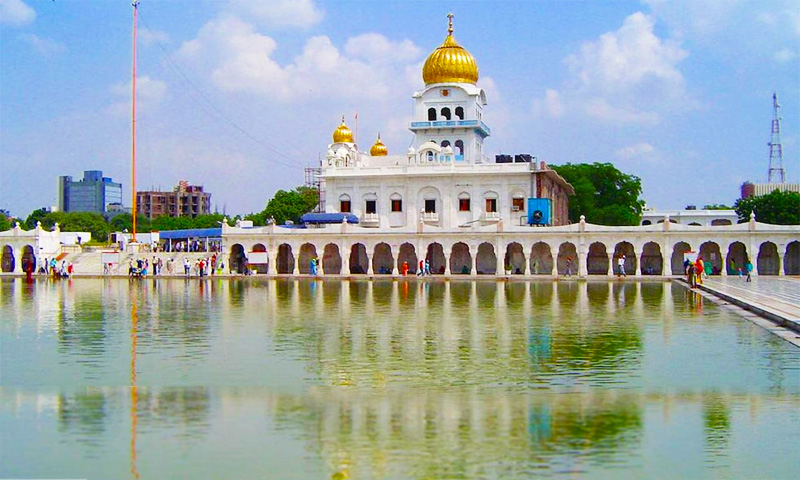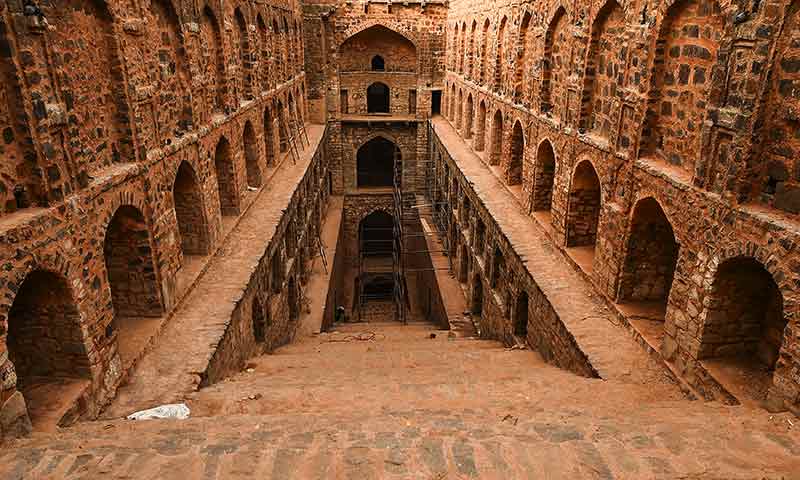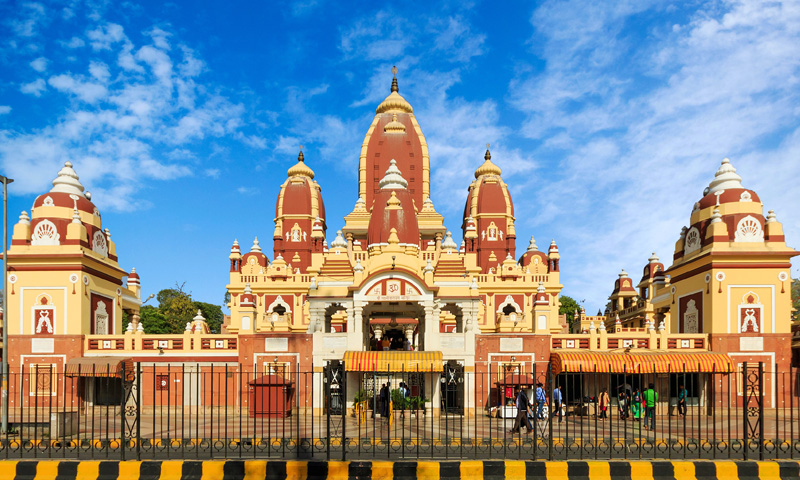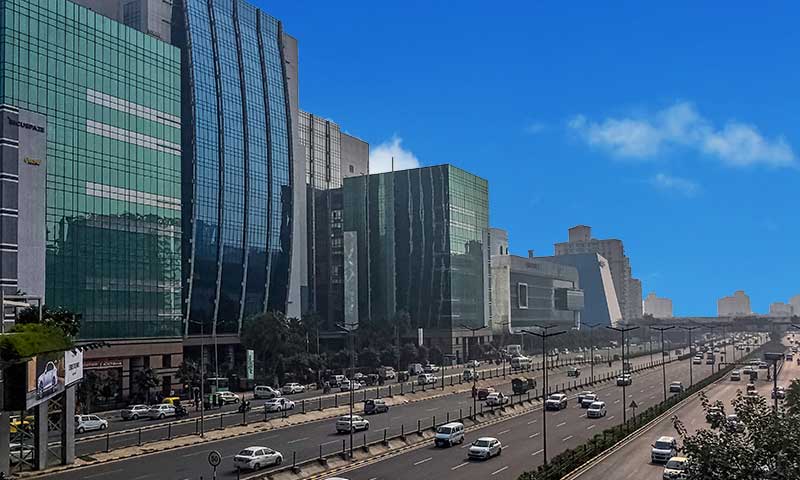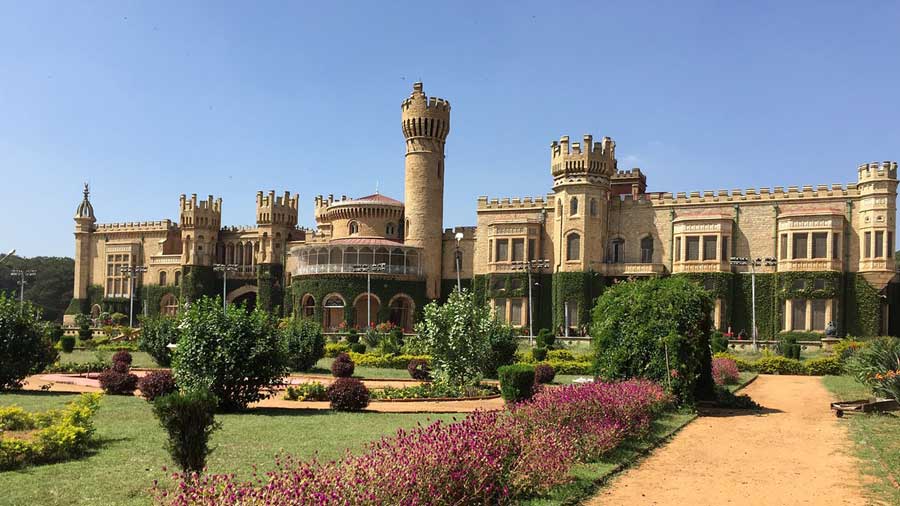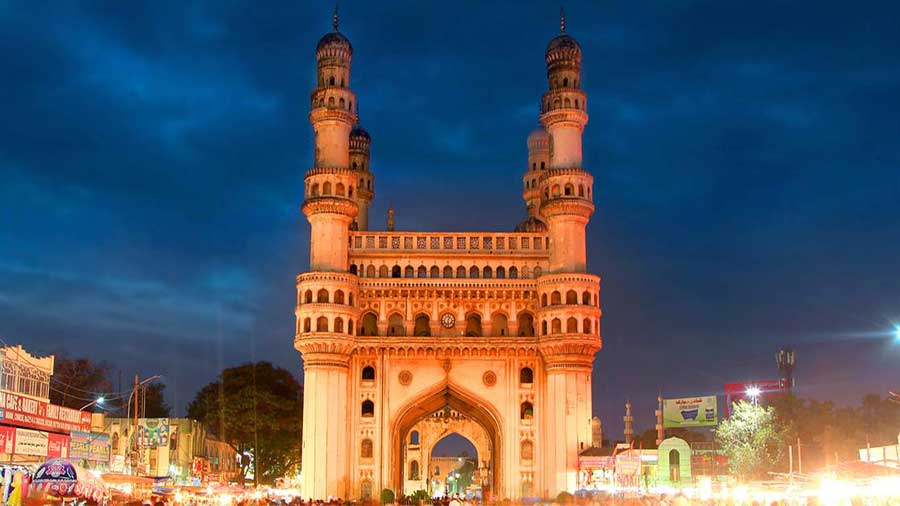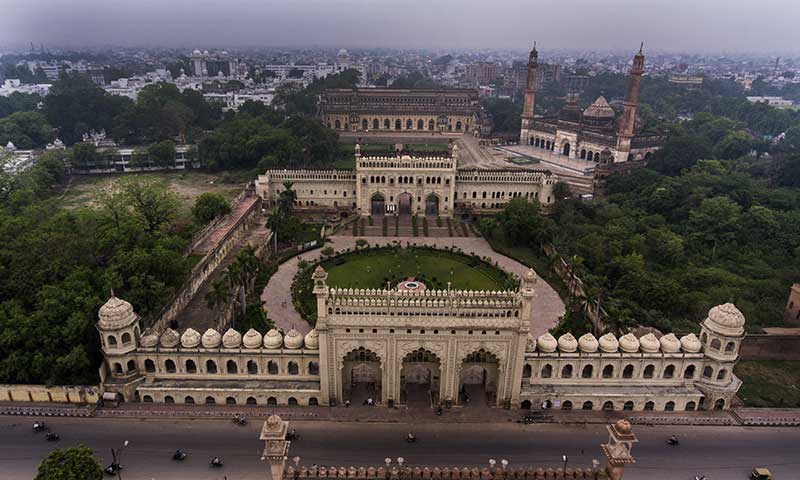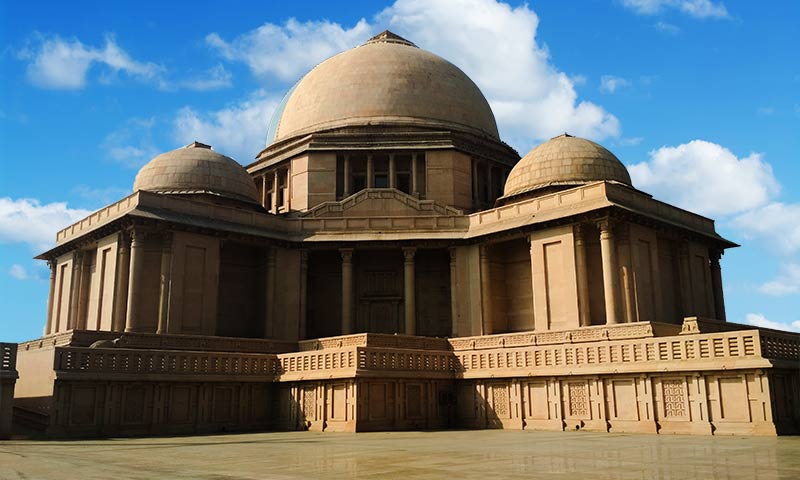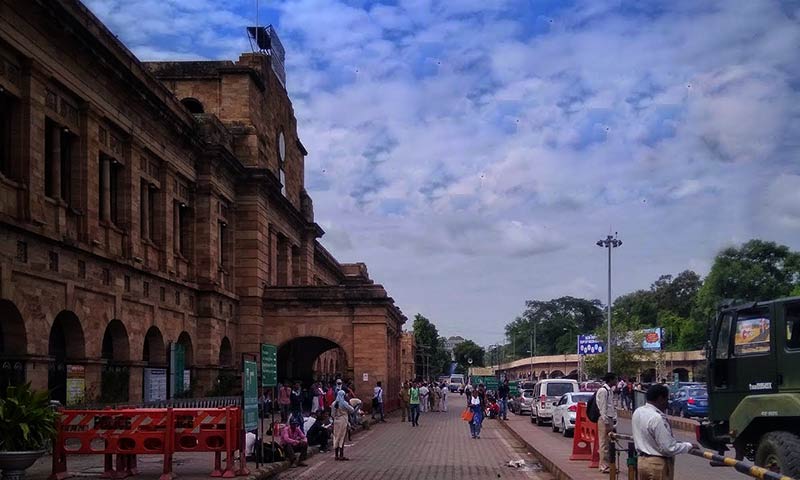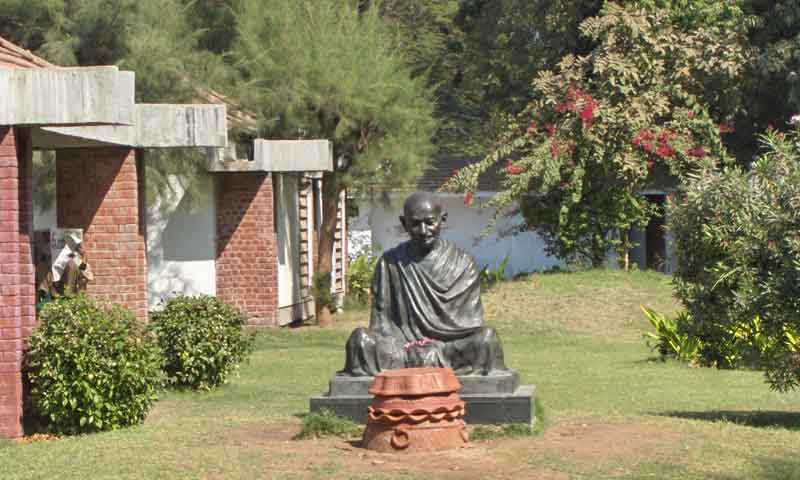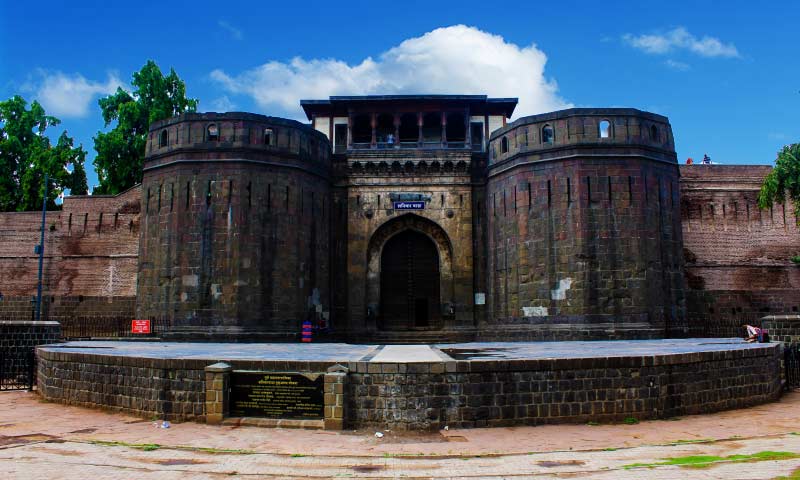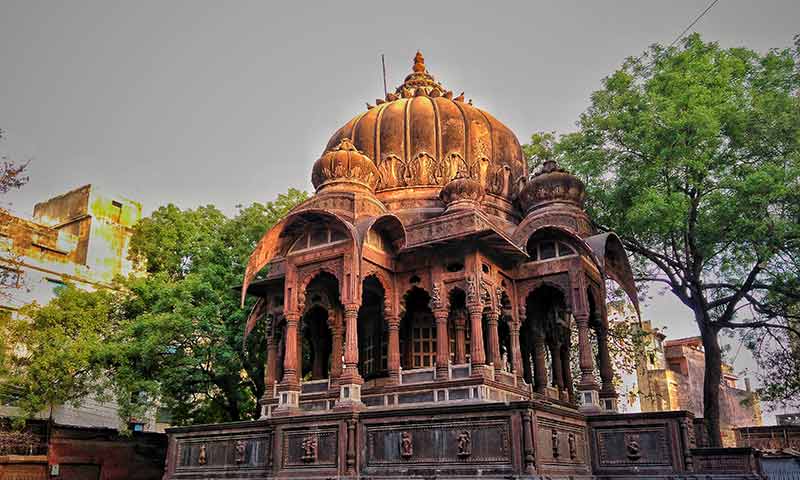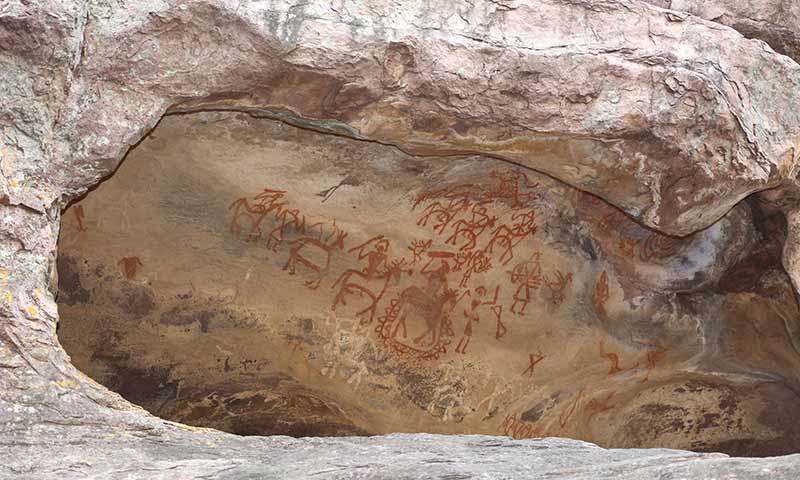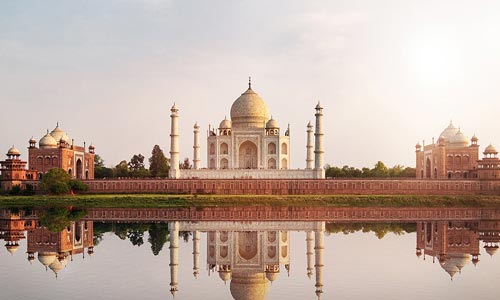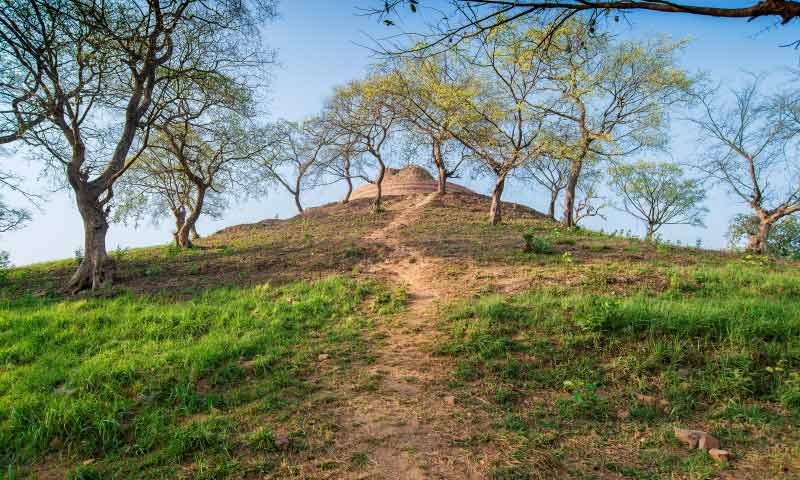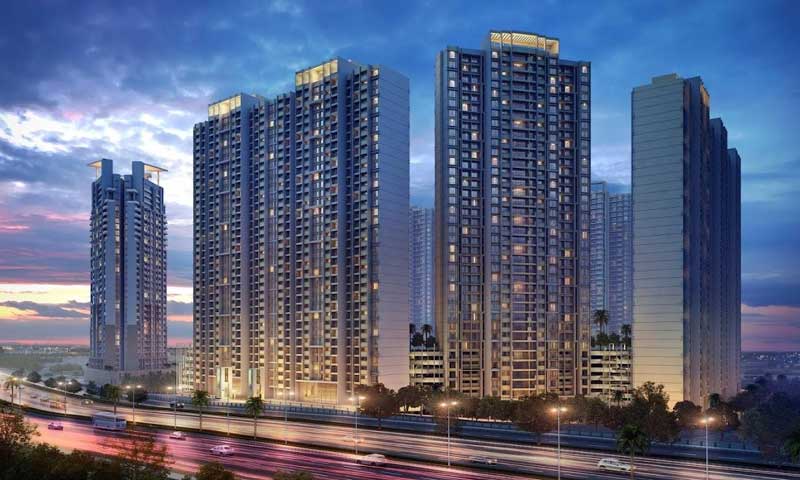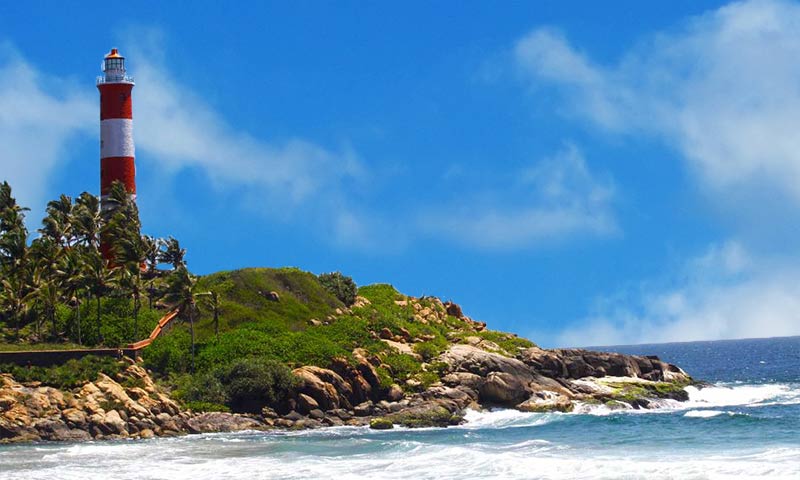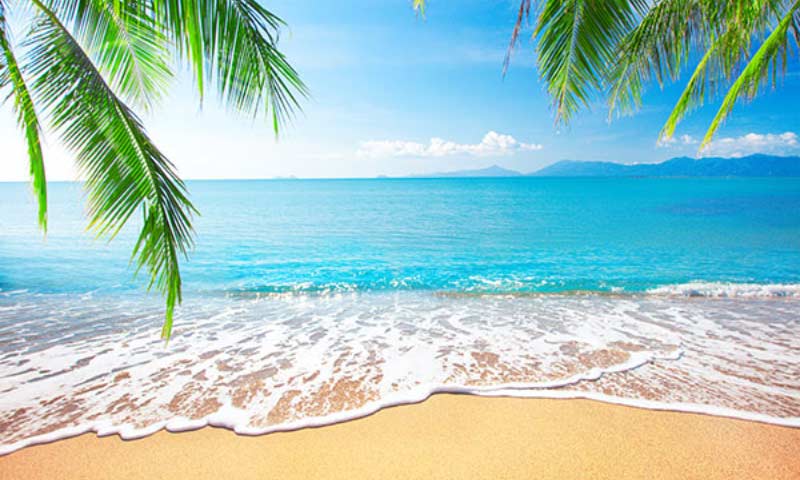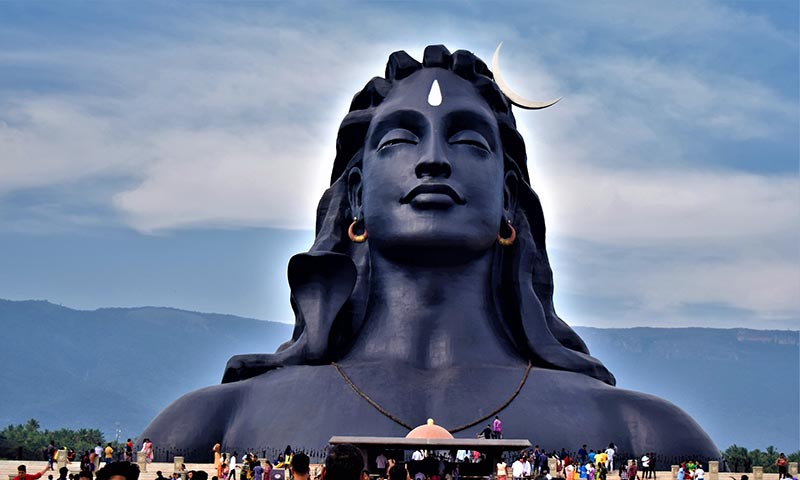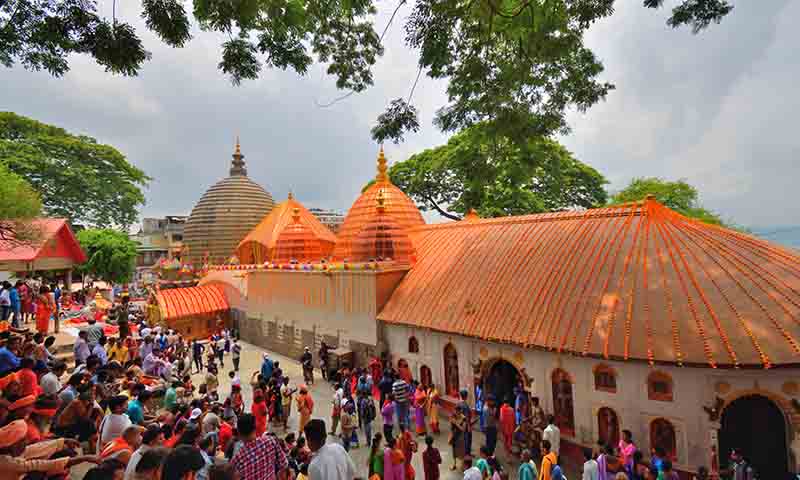Jantar Mantar, Delhi
Find Metro Route For Attraction
About Jantar Mantar
Jantar Mantar, Delhi was built by Maharaja Jai Singh II of Jaipur in 1724. In fact, the king established five observatories during his reign in the early 18th century and hence was the first of these five to be built in Delhi. The main purpose of building the observatory was to collect astronomical tables and to make accurate estimates of the motions of the planets, the Moon and the Sun. At that time, it was a unique observatory of its kind to be built in India.
But by 1867, the Jantar Mantar in Delhi had completely decayed. Much later, the Government of India took several initiatives to revive the heritage observatory and sell it as a tourist destination in Delhi.
Architecture of Jantar Mantar
The huge observatory contains a variety of astronomical structures and instruments, all of which are built entirely of masonry. These instruments were built using brick, limestone, and rubble, and eventually plastered. Another unique feature of Jantar Mantar, Delhi is that it's an outside observatory. All the instruments here are installed within the open instead of being enclosed within buildings or rooms.
Interesting facts about Jantar Mantar
- The great Indian astronomer-king of Jaipur, Maharaja Jai Singh II, built five astronomical observatories between 1724 and 1730 AD, commonly known as the Dark Ages of Indian history.
- He was inspired by the observatory of 15th century Afghan ruler Ulughbek in Samarkand.
- Jantar Mantar has many masonry instruments to predict the time, measure the position of the celestial body and determine the latitude. It has the world's largest stone solarium, which provides information about the time and position of the planets with the help of the Sun.
- The structures consist of brick and marble towers and pillars, with no telescopic element, yet through solar shadow movements and careful vision, the local time and positions of the moon, stars and planets can be determined with great accuracy can be done.
- These instruments include the Brihat Samrat Yantra, Ram Yantra and Jai Prakash Yantra installed to inform about the motion of celestial bodies.
- The Brihat Samrat Yantra is a giant sundial that accurately shows the local time in a new delivery. The Rama and Jai Prakash instruments measure the precise positions of celestial bodies in the night sky.
How to reach Jantar Mantar
Jantar Mantar on Google Map
Nearby Places
Bus Stop
Cinema
College
Event Venue
Hospital
Hotel
Other
Railway Station
Restaurant & Bars
School
Jantar Mantar FAQs:
𝒜. Jantar Mantar is one of the most accurate pre-modern observatories in the world, and attests to eighteenth-century efforts to improve the understanding of planets and other cosmic ones.
𝒜. Jantar Mantar was built by Sawai Jai Singh II.
𝒜. It was built in the year 1724.
𝒜. Its elevation is 723 feet (220 m).
𝒜. "Jantar Mantar" literally means "instrument for measuring the harmony of heaven". It consists of 13 architectural astronomy instruments.
𝒜. It is located at Janpath, Delhi.
𝒜. Entry fee and timings information of the Jantar Mantar: INR 25 for Indians, INR 300 for Foreigners 6:00am to 6:00 pm. Everyday..
𝒜. You should visit Jantar Mantar during June, July, August months for best experience.
📅 Last update: 2024-06-12 || ✍ Author: Sandhya Chauhan
Meet Sandhya, exploring India with curiosity and wonder. She shares info and tips in simple language, inviting you to join the journey. She is graduated in tourism and writes about the places of India.
Explore other attractions nearby
🛑Note: Information is for reference purpose only.
